|
My daughter and I had a fantastic trip to the main campus of the San Luis National Wildlife Refuge, which is part of the San Luis NWR Complex in the Central Valley. November is a great season to visit--the fall colors were gorgeous and we saw so many Sandhill cranes. I recommend that you check out the "Seasons of Wildlife" page before you go to get a sense for what kind of wildlife you might see on a given month.
This loop was totally fine for a small child. The compacted gravel was an appropriate surface for pushing a sturdy stroller (or a wheelchair) and the observation deck had a ramp instead of stairs. My daughter got in and out of the stroller depending on what she wanted to see, which worked really well. First you traverse a riparian woodland ecosystem before arriving at the observation deck to see Sousa Marsh, one of the largest marshes on the San Luis NWR. Here, there is a picnic table that gets reasonable shade from nearby trees (although it is not covered by a man-made shelter). This is a great spot for a nice picnic, and then there are two options for the loop back (both of which are about the same length).
After we completed our hiking loop, we drove to the Visitor Center to use the bathroom and to check out the statue of the tule elk. The center is closed right now due to COVID-19, but it looks like it would be a great place to learn more about the Pacific Flyway and about the tule elk. The statue was cool for my 3-year-old daughter to see. She is young enough that she doesn't have a concept of "elk," so she wasn't super excited about a second auto tour. Once she saw how similar elk are to Sven the Reindeer from Frozen, it was much easier for me to get some buy-in from her that the second auto tour was worth it. Pro-tip! We did the second loop at this point, which went a bit faster. The Tule Elk Auto Tour is a 5-mile loop that encircles an 800-acre enclosure that is home to a resident herd of tule elk, an endemic subspecies of North American elk. "Tule" is another name for bulrush, a large wetland plant. Tule elk nearly became extinct in the late 1800s when they declined to as few as 20 to 40 animals because of market hunting, habitat loss, and competition from introduced livestock. The San Luis NWR herd was established to help tule elk recover from the brink of extinction. Today, there are more than 4,000 tule elk in 22 herds throughout California. We previously saw one of these relocated herds in Point Reyes at the Tule Elk Reserve at Tomales Point and also on the southern end of the peninsula. It was cool to see the birthplace of this conservation movement in the Central Valley! We only saw the tule elk from the observation platform when we used the spotting scope. The magnification on that scope was better than my camera, so I did not get any photos of the elk, but it was still very cool to see them. There was still a lot to do and see at the park that we did not cover. There were a bunch more short walking loops from the Visitor Center and the auto tours that we could have stopped to hike. If I had not had my daughter with me, then I probably would have done just that, but even with only doing the one loop and having a picnic we still spent almost the whole day at this park. It was such an enjoyable experience!
0 Comments
Leave a Reply. |
Archives
December 2020
Categories
All
|






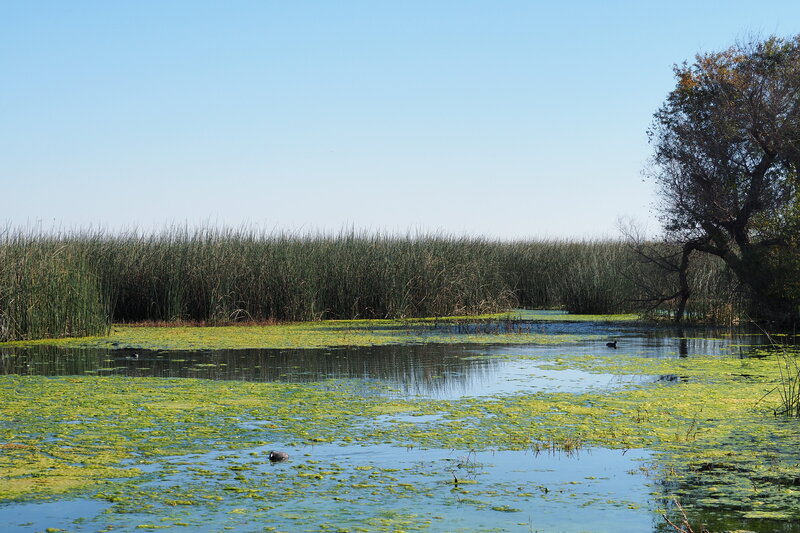
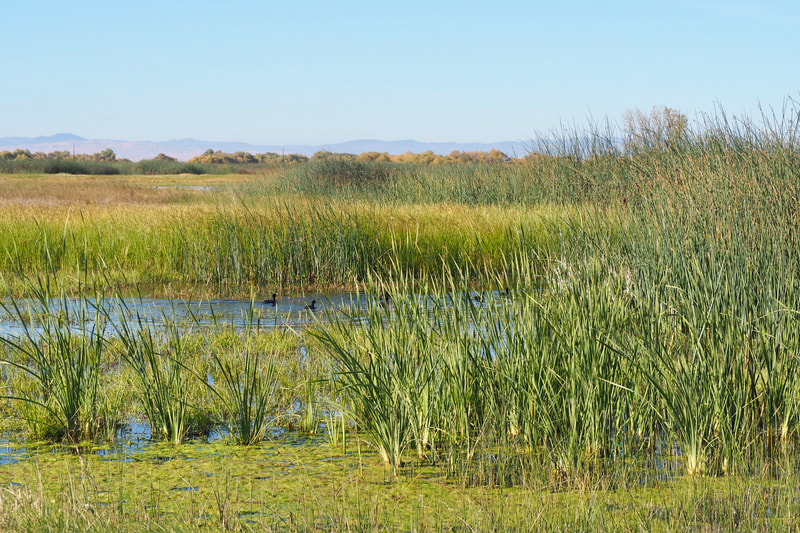


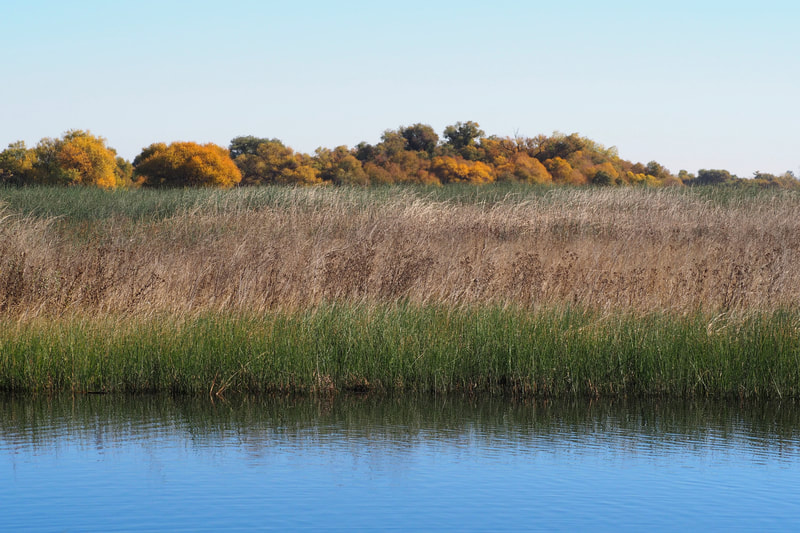






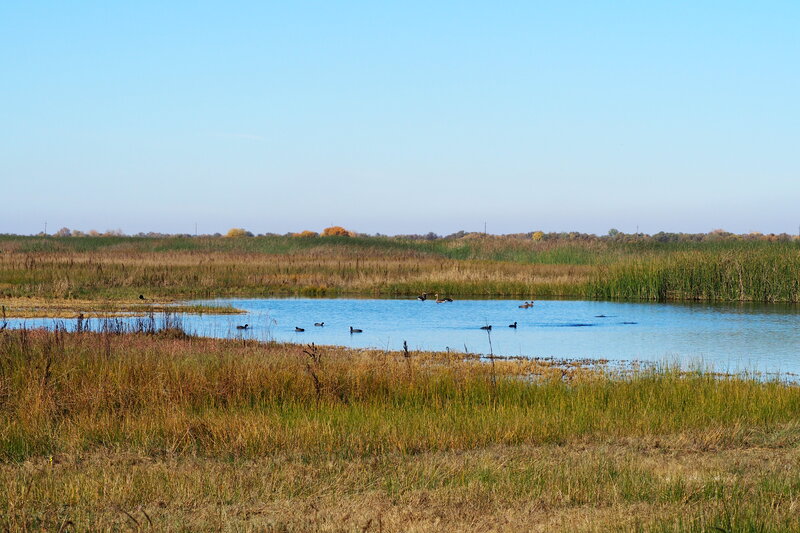


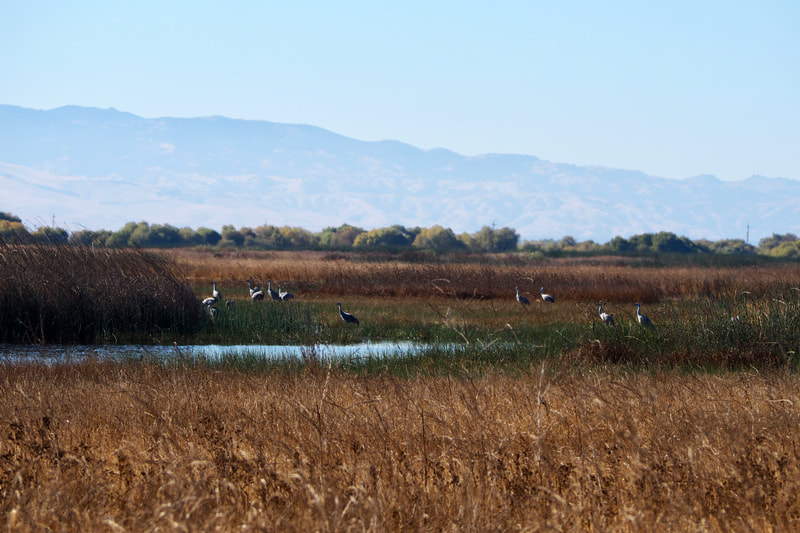










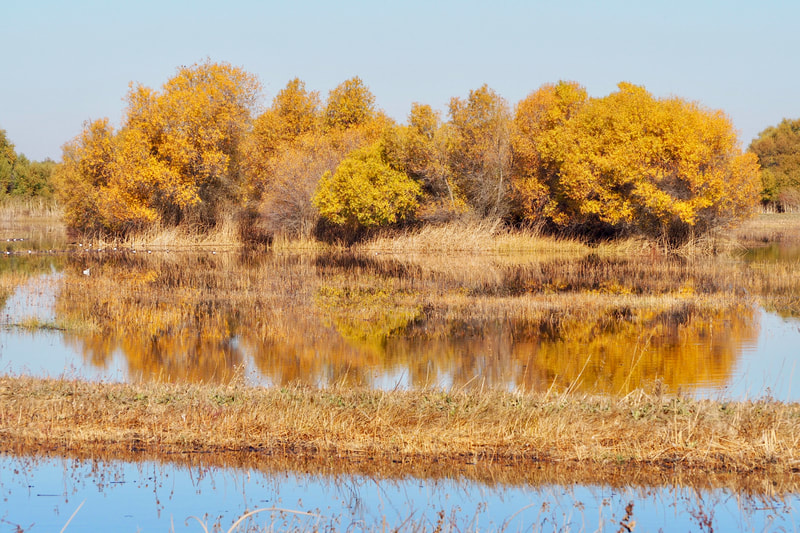






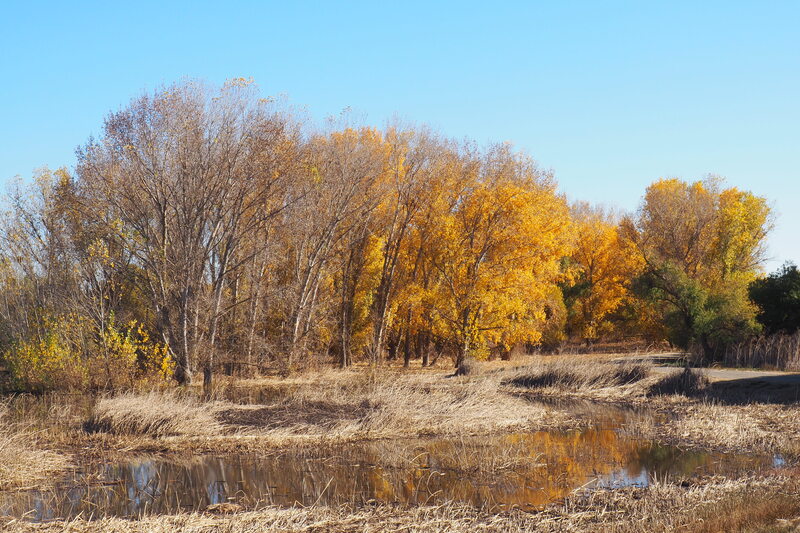



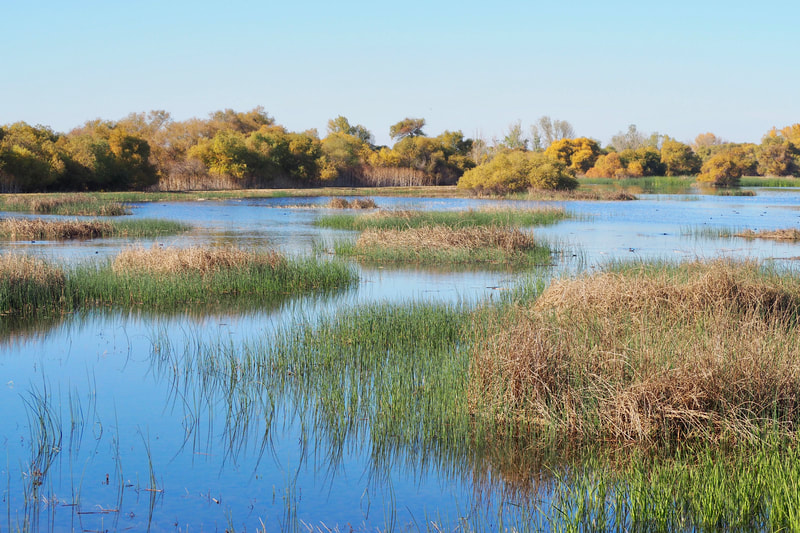
















 RSS Feed
RSS Feed
